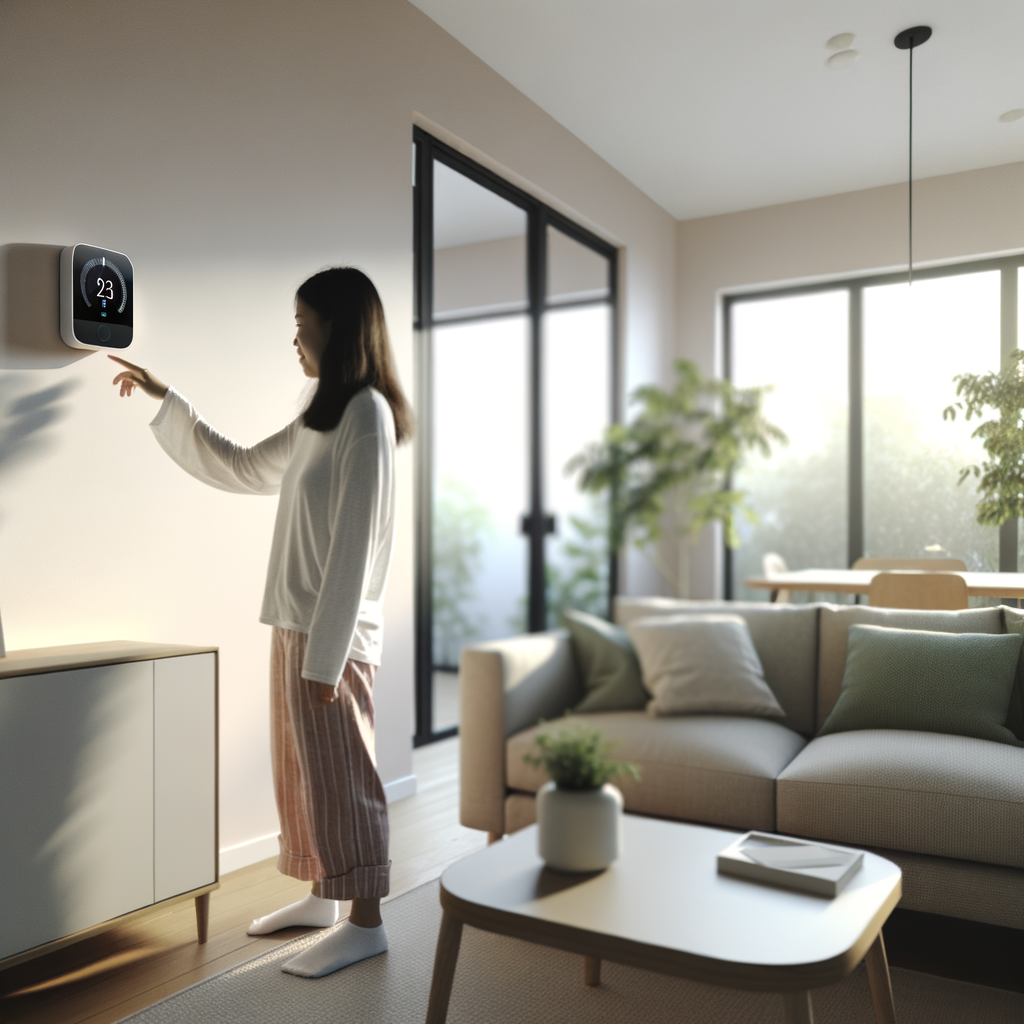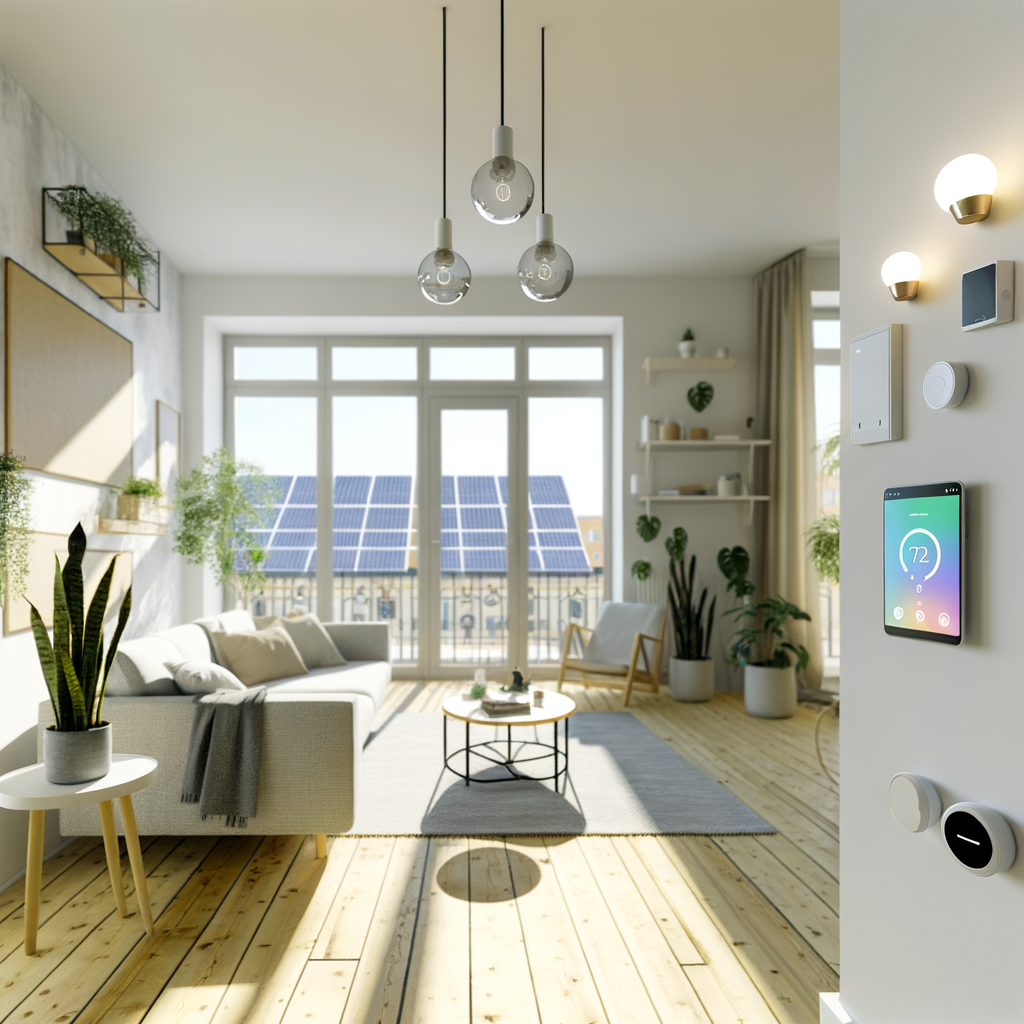Myth-Busting Smart Thermostats: Are They Really Worth It for Renters?
Smart thermostats are everywhere these days, promising lower bills, better comfort, and smart-home convenience. But if you’re renting, is investing in one actually worth it? Let’s cut through the hype and see if smart thermostats offer genuine benefits for renters—or if some of those claims are just myths.
What Is a Smart Thermostat? Quick Recap
Before we get into the myths and realities, let’s clarify what we’re talking about. A smart thermostat is an internet-connected device that lets you control your home’s heating and cooling from your phone, voice assistant, or the device itself. The most popular brands include Nest, ecobee, Honeywell, and Emerson.
- Remote control: Adjust temperatures from anywhere.
- Data tracking: See your energy use and history.
- Learning capability: Some models “learn” your routines for auto-scheduling.
- Integration: Works with Alexa, Google Assistant, or Apple HomeKit.
Sounds cool, but do renters actually benefit? Let’s bust some common myths!
Myth 1: “Smart Thermostats Save a Ton of Money for Everyone”
The Hype
Manufacturers claim you could save 10%-23% on your heating and cooling bills. For a homeowner, that could add up to hundreds per year. But do renters actually see those savings?
The Reality
It depends on your rental setup:
- Paying utilities directly? Savings go right into your pocket.
- Utilities included in rent? The financial incentive disappears—your landlord saves instead, not you.
- Central building HVAC? In apartments with centralized systems, changing your own thermostat might not affect your unit’s heating/cooling much.
Pro Tip: If you pay your own energy bills and control your own HVAC, you could save $50–$150 or more per year. If not, focus on myths 2 and 3 below—you may still benefit.
Myth 2: “They’re Hard to Install (Especially for Renters)”
The Hype
Renters often worry about installation:
- Will I need to re-wire?
- Will I mess up my landlord’s property?
- What if I have to move?
The Reality
Most smart thermostats are designed for easy DIY installation and are made to replace standard wall thermostats. What you need to know:
- Compatibility: Most work with common forced-air HVAC systems. If you rent in an old building or use electric baseboard heaters, check compatibility first.
- No drilling needed: They usually use the same wall plate and wiring as the existing model.
- Return to original: You can often put the old thermostat back when you move out, leaving no trace.
- Permission: Always check with your landlord or property manager before swapping anything hardwired. Many will say yes, especially if you reinstall the old unit later.
Tip: If installation isn’t allowed, try a standalone smart thermostat (like Sensibo for window ACs or portable heaters) that requires zero wiring and plugs directly into the unit or wall.
Myth 3: “Smart Thermostats Only Matter If You Stay Long-Term”
The Hype
It seems smart thermostats make sense only if you’ll stick around for years. Right?
The Reality
This thinking overlooks three big renter benefits:
1. Quick Wins
- Most models can pay for themselves in 1-2 years, depending on your bill and habits.
- Even three to six months of smart operation can noticeably reduce your bills and boost comfort.
2. Portable Convenience
- Most smart thermostats can be safely removed when you move—just bring the original thermostat, swap it back, and install your device at your next rental.
- If you buy a plug-in model, moving is even easier—just unplug and pack.
3. Resale Value
- If you invest in a premium model but later move somewhere with incompatible systems, good-condition smart thermostats often fetch high resale prices on eBay or local marketplaces.
Myth 4: “Smart Thermostats Aren’t Really ‘Smart’ for Renters”
The Hype
If you live in a multi-unit building or share control with roommates, smart functions offer little more than a fancy old-fashioned dial—right?
The Reality
Here’s what actually works well for renters:
- Remote Access: No more worrying if you left the AC blasting before heading to work. Adjust temps from anywhere.
- Scheduling: Don’t rely on roommates to remember! Program automatic energy-saving routines when nobody’s home.
- Voice Control: Perfect for accessibility or simple convenience, especially if your thermostat is in a weird spot.
- Usage Tracking: See exactly how—and when—your HVAC is running. Useful for tracking down energy “leaks” or roommate overuse.
Roommate Bonus:
- Multiple users can get app access, making temperature squabbles more diplomatic (or at least visible!)
Myth 5: “You Must Have the Latest WiFi or Smart Home Hub”
The Hype
All these cloud features—do you need the latest WiFi, or a smart home hub like Alexa or Google Home?
The Reality
Most smart thermostats work with:
- Any standard home WiFi network
- Smartphone apps for iOS and Android
- Optional compatibility with Alexa, Google, or Apple, but not required for basic functionality
Unless your building blocks internet or you lack WiFi, you’re probably good to go. Non-hub models are affordable and versatile.
Myth 6: “Smart Thermostats are Bad for Privacy”
The Hype
Some renters are (rightfully) worried about privacy. Can a smart thermostat spy on your routines or location?
The Reality
- Data Security: Buy from reputable brands and read their privacy policies—most only collect data to improve your experience or offer energy insights.
- App Controls: You decide which features and connected services to use. Location-based automation is optional—not required.
- Guest/Renter Mode: Some brands allow you to easily clear data or hand off control if you move out.
If privacy is a top concern, opt for models with minimal cloud features, or keep scheduling limited to manual programming.
Who Should (and Shouldn’t) Get a Smart Thermostat as a Renter?
Smart Thermostats ARE Worth It for Renters Who:
- Pay their own heating and cooling bills
- Have their own in-unit HVAC system or wall unit
- Are allowed to swap out the existing thermostat (with landlord’s permission!)
- Want to bring their thermostat to the next apartment
- Like data tracking and “set it and forget it” automation
Smart Thermostats May NOT Be Worth It for Renters Who:
- Have utility costs included in their rent
- Have no access to their HVAC system (e.g., central/chilled water or steam heating controlled by management)
- Are prohibited from swapping or wiring devices in the unit
- Live somewhere with no heat or AC in their control




